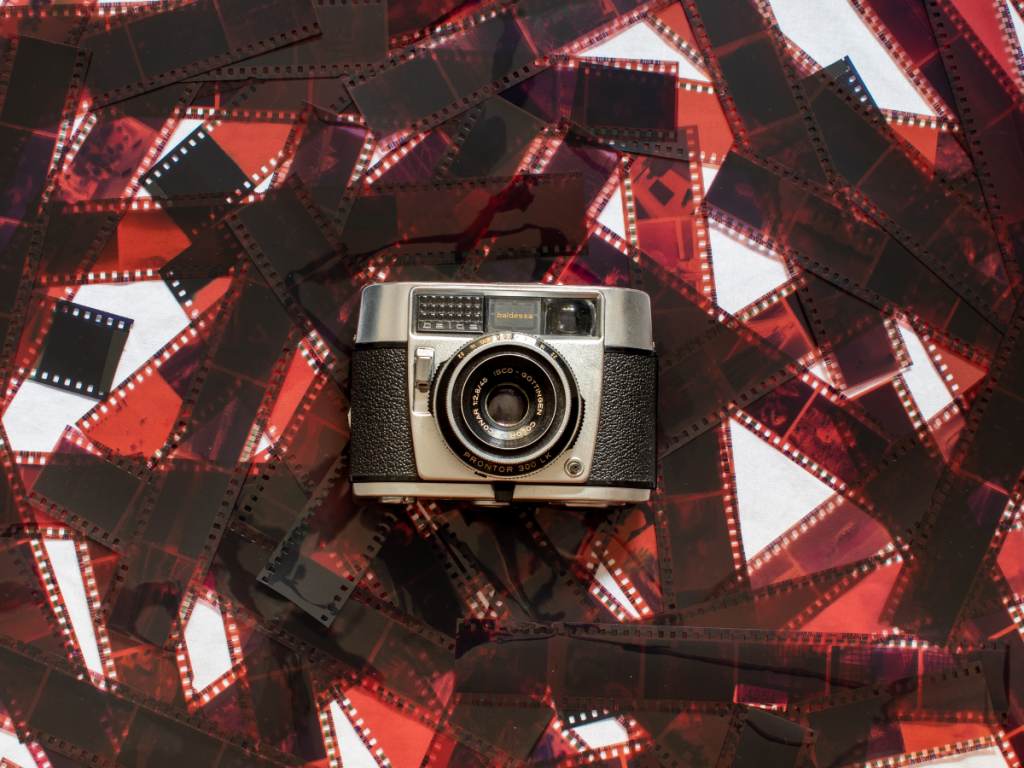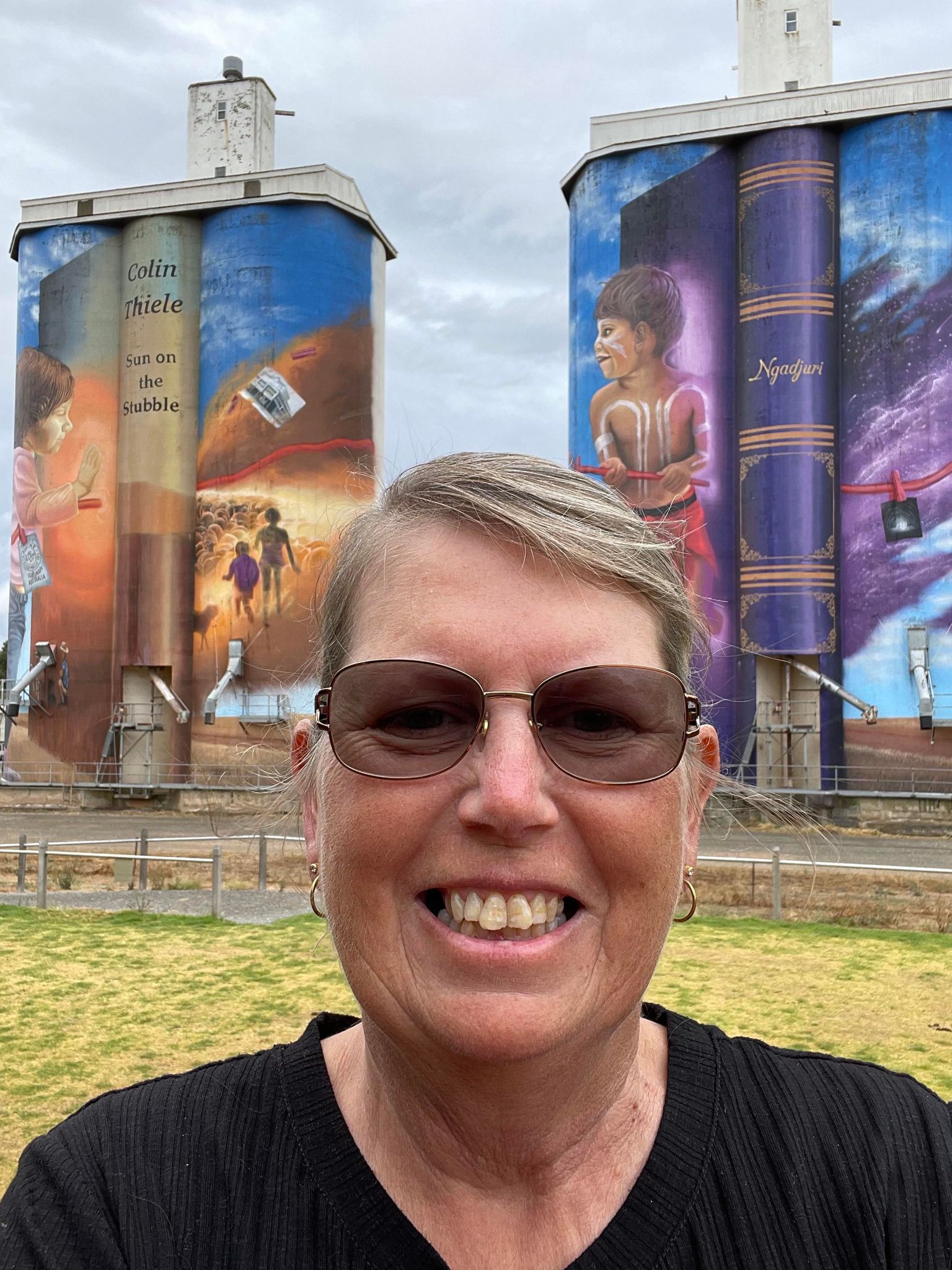PRIZE REVIEW: Kimberley Art and Photographic Prize

This month, Arts Law has reviewed the terms and conditions of the Kimberley Art and Photographic Prize (KAPP).
The 52nd Annual Kimberley Art and Photographic Prize opening awards night was held on Saturday 1 July 2023. Prizes were awarded across 11 entered categories as well as the overall winners in the photographic and art categories.
What was the rating?

Arts Law has awarded the competition 3 out of 5 stars.
How did Arts Law help?
Arts Law reached out to the Shire of Derby/West Kimberley (Shire), the organisers of the KAPP, in case they were interested in amending their terms. The organisers were not receptive to our suggestions or our offer to discuss how the terms and conditions could be improved to be fairer for artists. We would like to work with them in 2024 to improve the terms and reach a 5 out 5 stars rating for this competition.
How artist friendly is this competition?
The KAPP is moderately artist friendly.
A total of $38,000 worth of prizes are awarded to winners, with two overall winners in the acquisitive photographic and art prizes, taking home $5,000 and $10,000 respectively. These offer good financial and profile-raising opportunities for entrants. The overall photographic and art winners will be acquired by the Shire however the terms and conditions provide that should the winning piece carry a sale value in excess of the prize for that category the photographer/artist agrees to accept the lesser amount. The National Association for the Visual Arts (NAVA) recommend that where a work will be acquired in exchange for the value of the prize, the organiser should only acquire works of equal or lesser value to the prize amount.
The judges of the KAPP are not identified in the terms. For transparency it would be ideal if the judges could be identified.
How do the copyright terms stack up?
| What is copyright? | Copyright is a bundle of rights that protect literary, artistic, musical and dramatic works (as well as films and sound recordings). These rights allow the owner of copyright to control the ways that a work is used. If you want to learn more, you can read Arts Law’s Information Sheet on Copyright here. |
This competition generally has artist-friendly copyright terms.
Each photographer/artist appears to retain their copyright however we recommend that there is a clearer acknowledgement that the photographer/artist retains ownership of the copyright in the photograph/artwork when they enter into the KAPP.
We also recommend that only the winners of a photographic or art prize are required to provide a licence to the Shire. It is unfair to require all photographers and artists who enter the KAPP to provide the Shire with a licence to use the photograph or artwork simply for entering the KAPP, particularly when the photographer or artist will not receive any benefit for the grant of the licence.
We recommend that each winner of a photographic and art prize is only required to provide the Shire with a non-exclusive licence. This means that the photographer or artist can still licence the image to others for commercial purposes and use it as part of their portfolio and arts practice. Many photographers and artists rely on income from commercial licences to survive financially.
It is great that the licence provided by the photographer or artist is limited to use in ‘non-commercial promotional materials and publications, including promotions of the Shire’s future art/photography exhibitions.’ However, the licence is not limited to a period of time. Ideally this should only be for 5 years from the date the winners of the KAPP are announced.
The licence provided by the photographer/artist to the Shire does not include the right to ‘communicate’ the photograph/artwork. Under the Copyright Act 1968 (Cth) (Copyright Act) the right to communicate is a separate right. A communication under the Copyright Act involves making copyright material available online or electronically transmitting copyright material. We recommend that if the Shire would like to reproduce and communicate the photographs/artworks on a website via the internet then the 2024 terms of the KAPP should specifically refer to this use, and an appropriate licence fee should be paid, and steps should be taken to avoid copyright abuse such as limiting the resolution size of images.
Does the competition respect moral rights?
| What are moral rights? | Creators have moral rights when their work is used (i) to attribution, (ii) against false attribution, and (iii) to integrity, which means not having their work treated in a derogatory way. For more information, you can read Arts Law’s Information Sheet on Moral Rights here. |
We recommend that the terms are amended for the 2024 KAPP to acknowledge that the photographer/artist has moral rights in the photograph/artwork, and that the Shire will respect these rights and will provide and credit and will not alter the photograph/artwork without the creator’s consent.
What about Indigenous Cultural and Intellectual Property (ICIP)?
| What is ICIP? | ICIP is a broad term that covers all of the rights that Indigenous people have, and want to have, to protect their traditional arts and culture (including writing, music, performances, paintings, languages, sacred sites, stories passed down orally, and other records of heritage). If you want to learn more, you can read Arts Law’s Information Sheet on ICIP here. |
There is no reference to ICIP protections in the terms of the KAPP. Given that there might be photographs/artworks entered in the KAPP that incorporate or embody ICIP, we recommend that changes are included to acknowledge ICIP.
Ideally the terms of the KAPP should also require the photographer/artist to inform the Shire if there is any ICIP in the artwork and if so any display of the photograph/artwork or of an image of the photograph/artwork by the Shire would be accompanied by an ICIP notice which would say acknowledge the inclusion of traditional ritual knowledge of a community, the consent from the custodians of that community, and that dealing with any part of the work for any purpose that has not been authorised by the custodians is a serious breach of the customary laws of that community. Contact details for enquiries regarding permitted uses of the work can also be included in the notice.
What could they have done better?
The competition terms for the 2024 KAPP could be improved by updating the following:
You can lodge a query with us here if you would like to obtain advice from Arts Law about this competition.
- Follow the NAVA recommendations regarding the value of prize acquisitions.
- For transparency identify the judges of the competition.
- Clarify that the photographer/artist retains copyright and has moral rights in the work. In relation to moral rights the Shire should also agree to respect the moral rights of the creator, provide a credit and not subject the work to derogatory treatment.
- Only require the winners of an art prize to provide a licence to the Shire, ensure that this licence is non-exclusive, limit the licence to a certain period of time (eg 5 years from the date the winners of the KAPP are announced), and include the right to communicate.
- Include a reference to ICIP protections and the inclusion of an ICIP notice if requested by the creator.
What is the KAPP about?
The KAPP is facilitated by the Shire and is one of the most remote art and photographic competitions in Australia and one of the longest running art prizes in Western Australia. All entries mist be Kimberley related or themed. For more information see www.kimberleyartprize.com.au.
What prizes are on offer in the KAPP 2023?
Art Prize
Acquisitive categories: Overall winner $10,000
Non acquisitive categories:
- Paintings $2,500 prize
- Works on paper $2,500 prize
- Mixed media $2,500 prize
- Aboriginal art $2,500 prize
- Boab nut $2,500 prize
- Emerging artist $1,500 prize
- Youth (under 18 as at 26/5/2023) $500 prize
- People’s choice (selected by exhibition visitors) $1,000 prize
Photographic Prize
Acquisitive categories: Overall winner $5,000
Non-acquisitive categories:
- Landscapes $2,00 prize
- Flora and Fauna $2,000 prize
- Portraits $2,000 prize
- Youth (under 18 as at 26/5/2023) $500 prize
- People’s choice (selected by exhibition visitors) $5000 prize
- Snap & Send 5 x $100 prizes
About
Arts Law regularly reviews the terms and conditions of competitions and rates them out of five stars. Our review looks broadly at the terms and conditions of a competition. In particular, we look closely at how a competition deals with an entrant’s copyright and moral rights, and consider this in light of the prize. Entrants should always take into account the possible profile-raising which may result from being a finalist or winner.
By accepting the terms and conditions of a competition, entrants should be aware that they may be entering a legally binding contract.
For more information, see our free information sheet on competition conditions. Artists are welcome to contact Arts Law for legal advice on the terms of a competition. We also invite competition organisers to contact Arts Law for best practice assistance to make their terms and conditions fairer for artists.
Please note: Prior to February 2018, Arts Law’s rated out of five stars only the terms of a competition which dealt with copyright and moral rights. Arts Law’s competition reviews are now more holistic, such that our rating out of five stars now reflects a broad review of all the terms and conditions of the competition. For more information see our website.
Further Information
Please email us at artslaw@artslaw.com.au to tell us about any competitions or prizes you think we should check.
See more about Arts Law’s campaign to improve competition terms and conditions in the Prizes and Competitions section.




